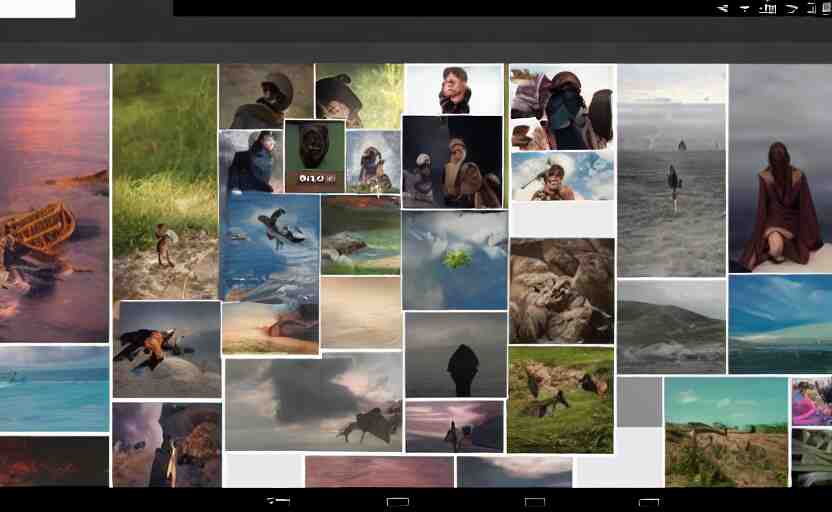With this API you will receive a list of tags, you will be able to find the object that you are looking for. Any object you have can be identified and selected.
This API is useful to categorize the information of your images. You can do it in your programing language and get it ready! To start using it, here we present you a guide of its use:
How can I use it?
Types of plans that this API has available?
This API has no paid plan. However, it offers three options that allow you to adapt it to your needs, depending on the volume of images you have to process. First is the non-charge request, which provides up to 25 requests per month for a price of $0 USD. The second plan is the Basic, which offers 1,000 requests per month for a price of $24 USD per month. Finally, the Pro plan offers 10,000 requests per month for $49 USD per month.
You and your team will also have an unpaid option where you can make an unlimited number of requests, but it is only available from this point on given that requests are made in advance, although only one subscription is required for all team members.
This API provides an accurate response because it uses a hybrid tag guess technique where most tags are guessed automatically and then checked manually by developers so that they have less error. This is why we trust in its ability to fulfill its function properly!
You will only need three inputs: the URL of
Classify your images based on their content with this API. Receive a list of all possible information that the image could have!
To make use of it, you must first:
1- Go to Image Tagging Content API and simply click on the button “Subscribe for free” to start using the API.
2- After signing up in Zyla API Hub, you’ll be given your personal API key. Using this one-of-a-kind combination of numbers and letters, you’ll be able to use, connect, and manage APIs!
3- Employ the different API endpoints depending on what you are looking for.
4- Once you meet your needed endpoint, make the API call by pressing the button “run” and see the results on your screen.



